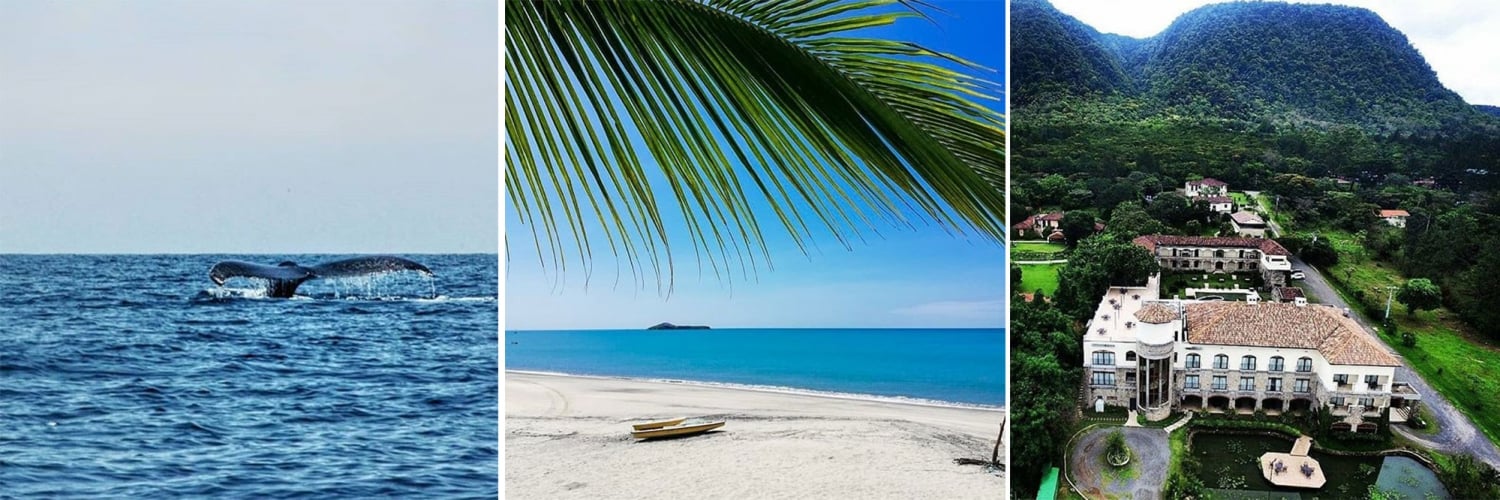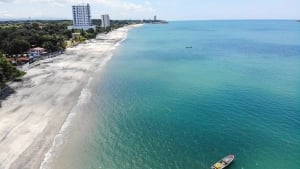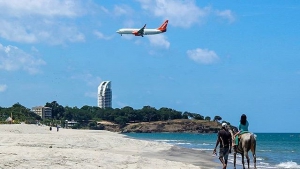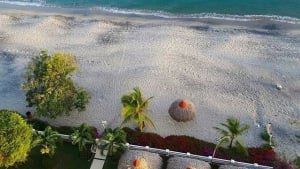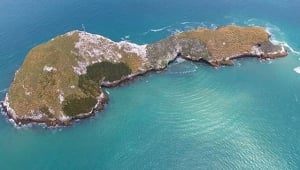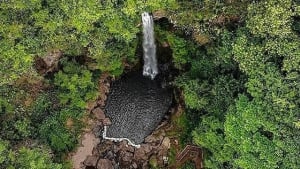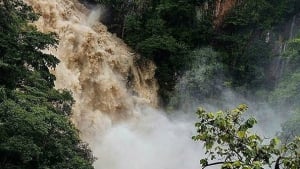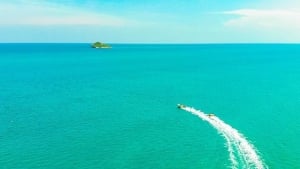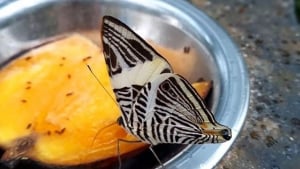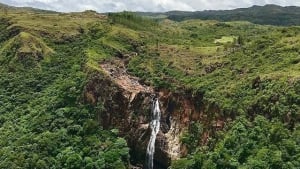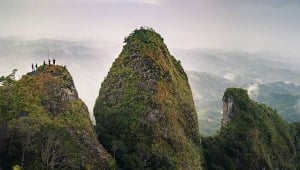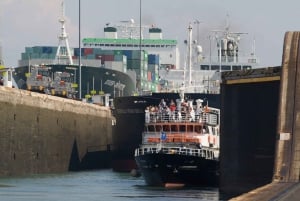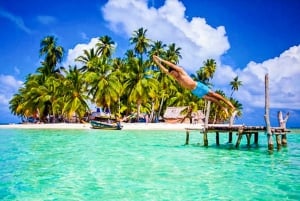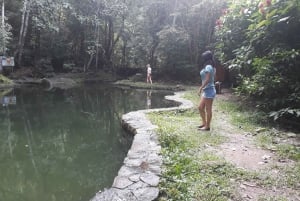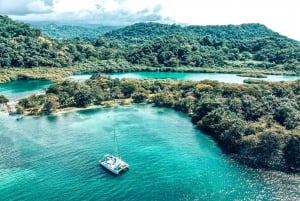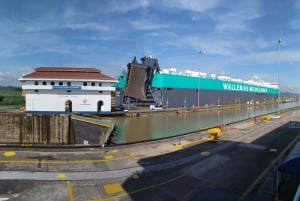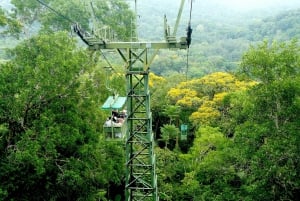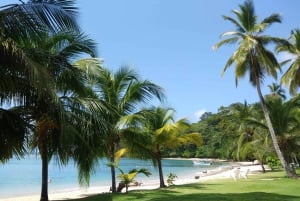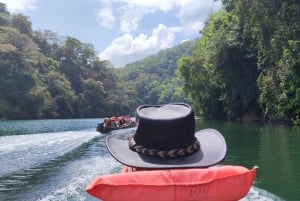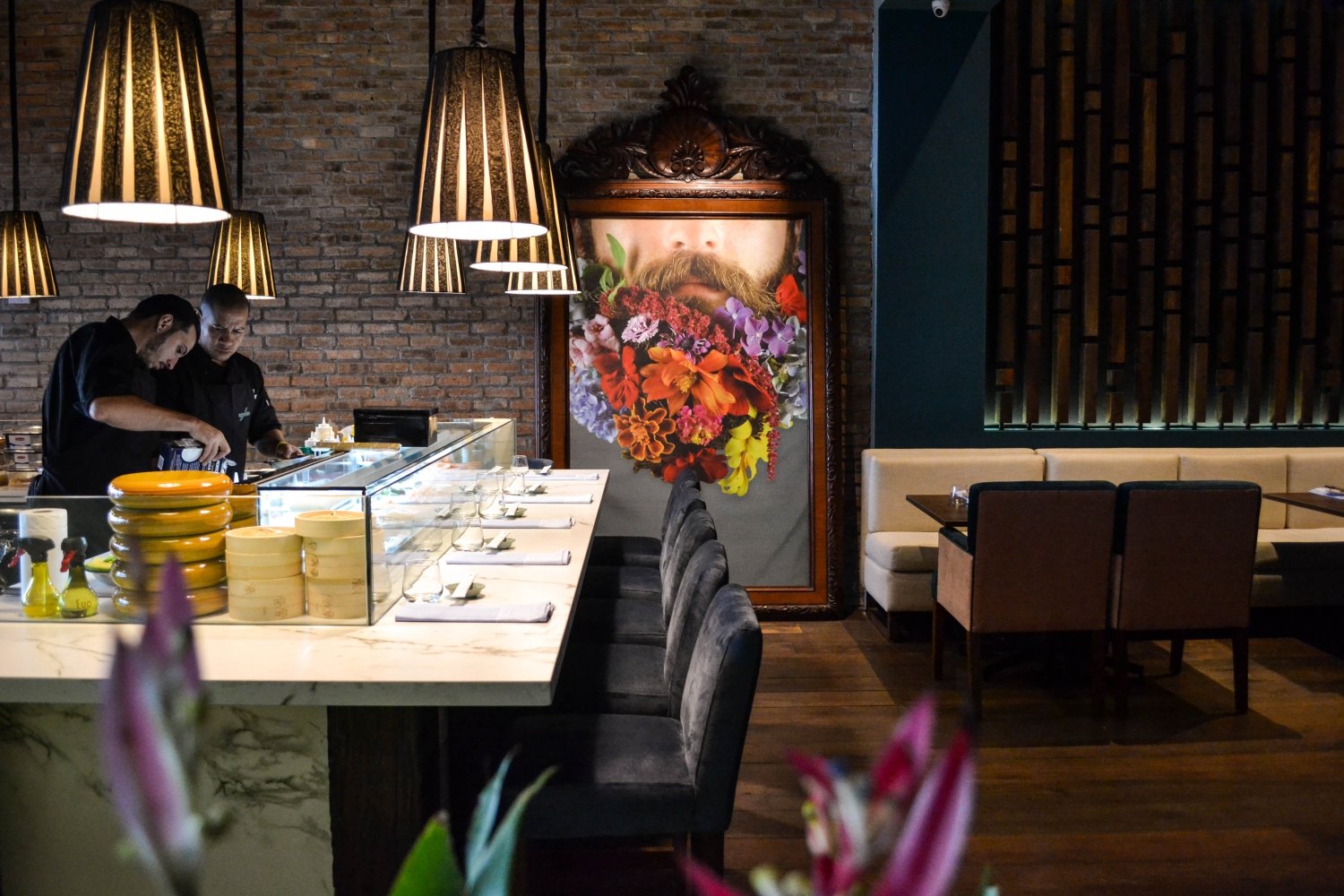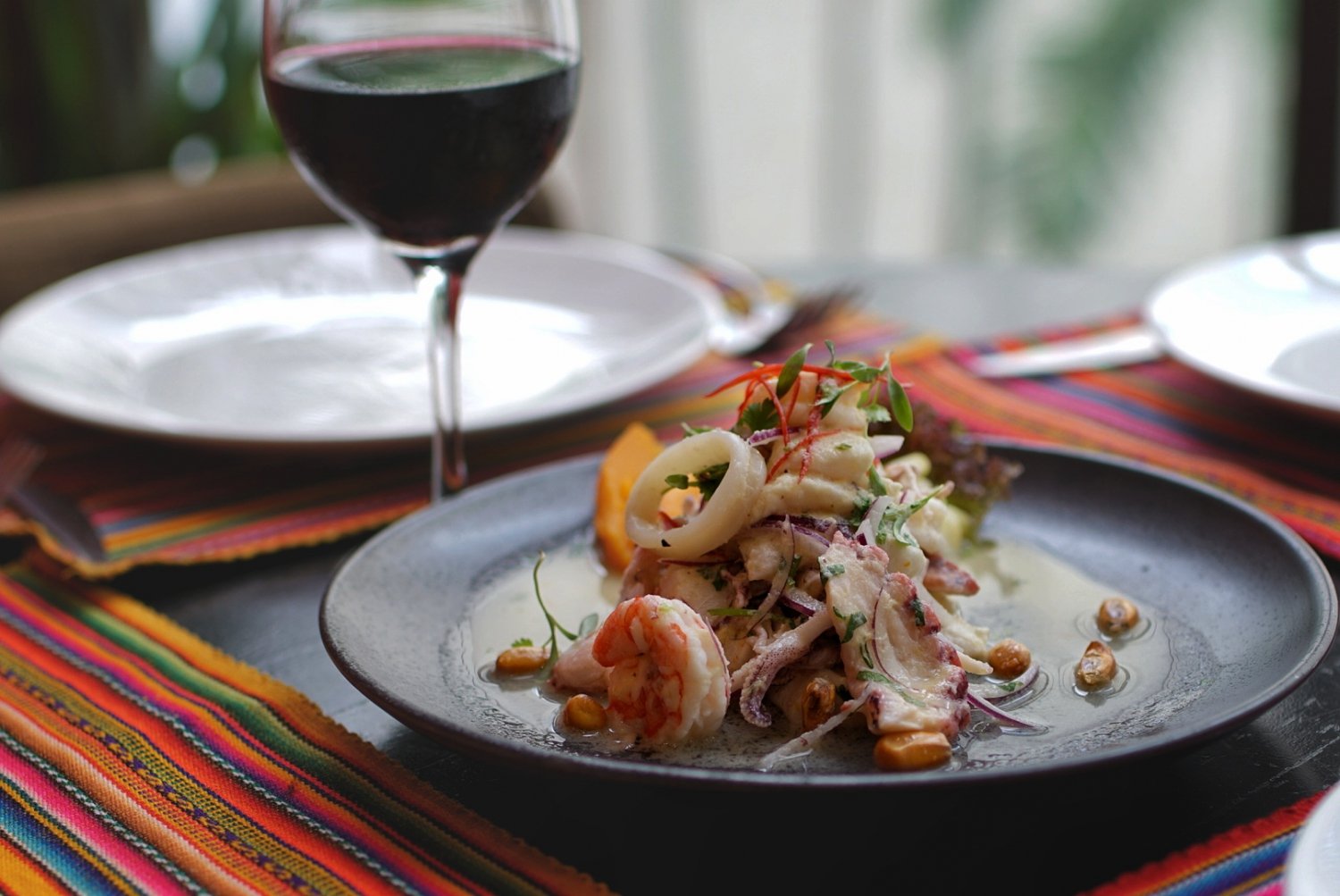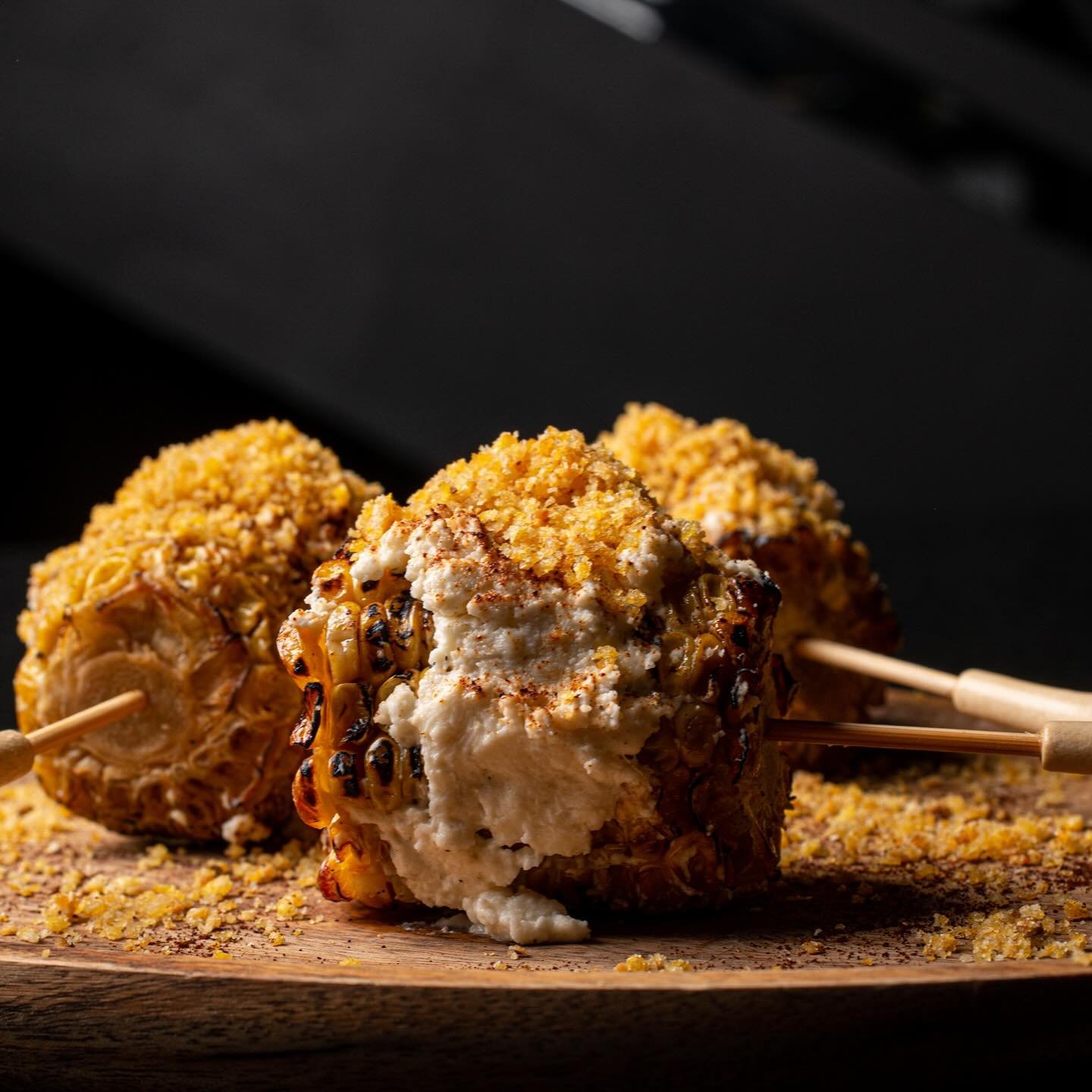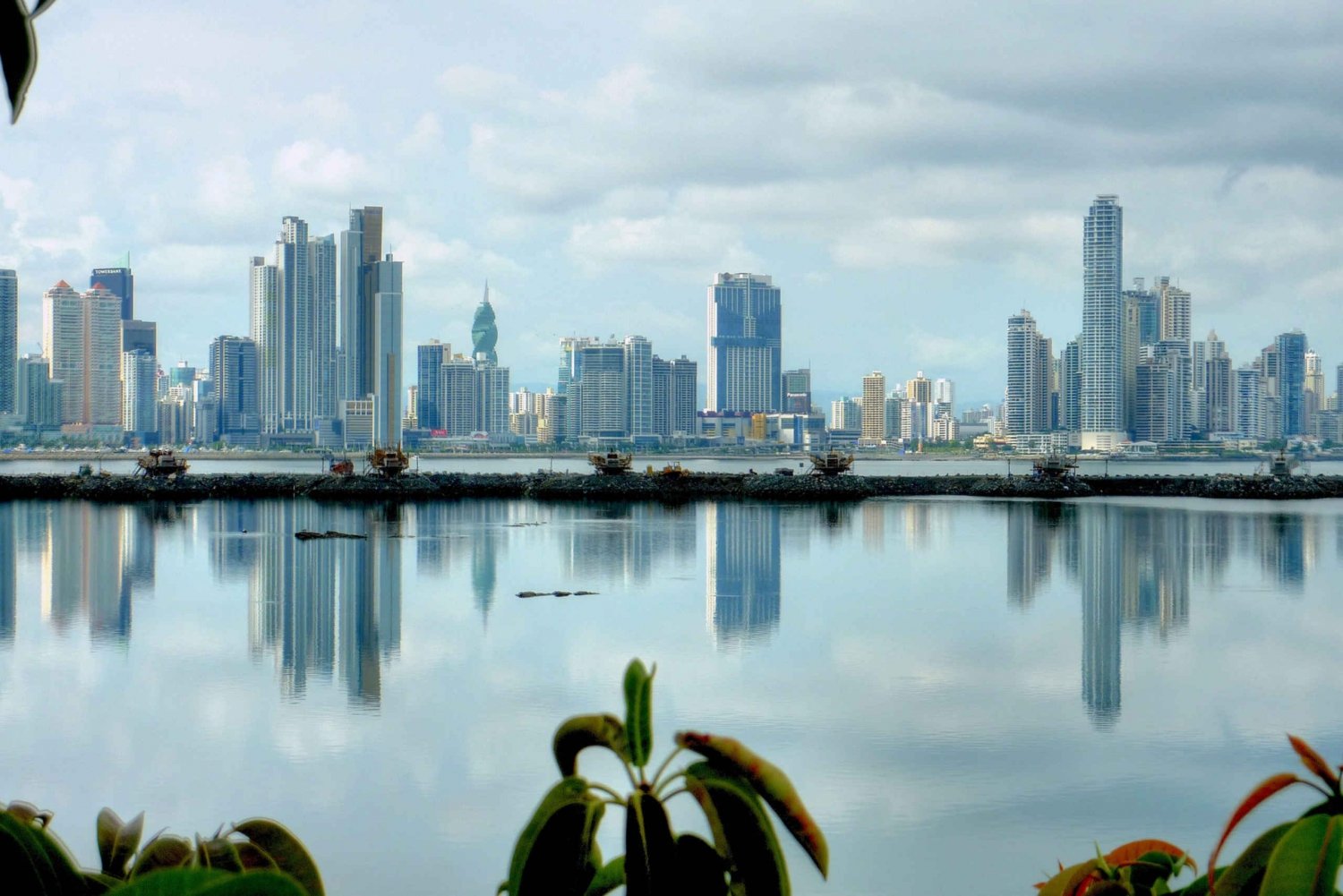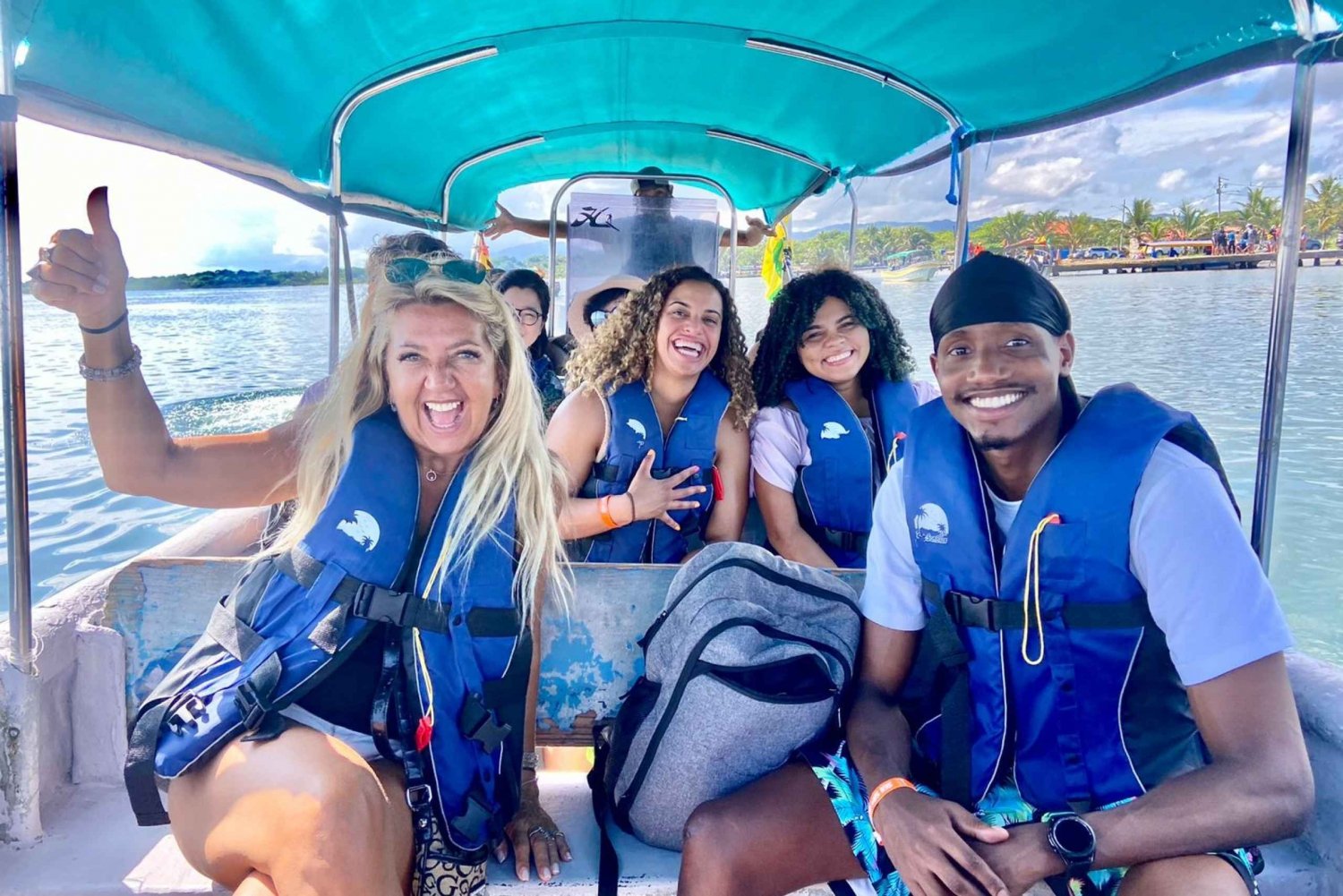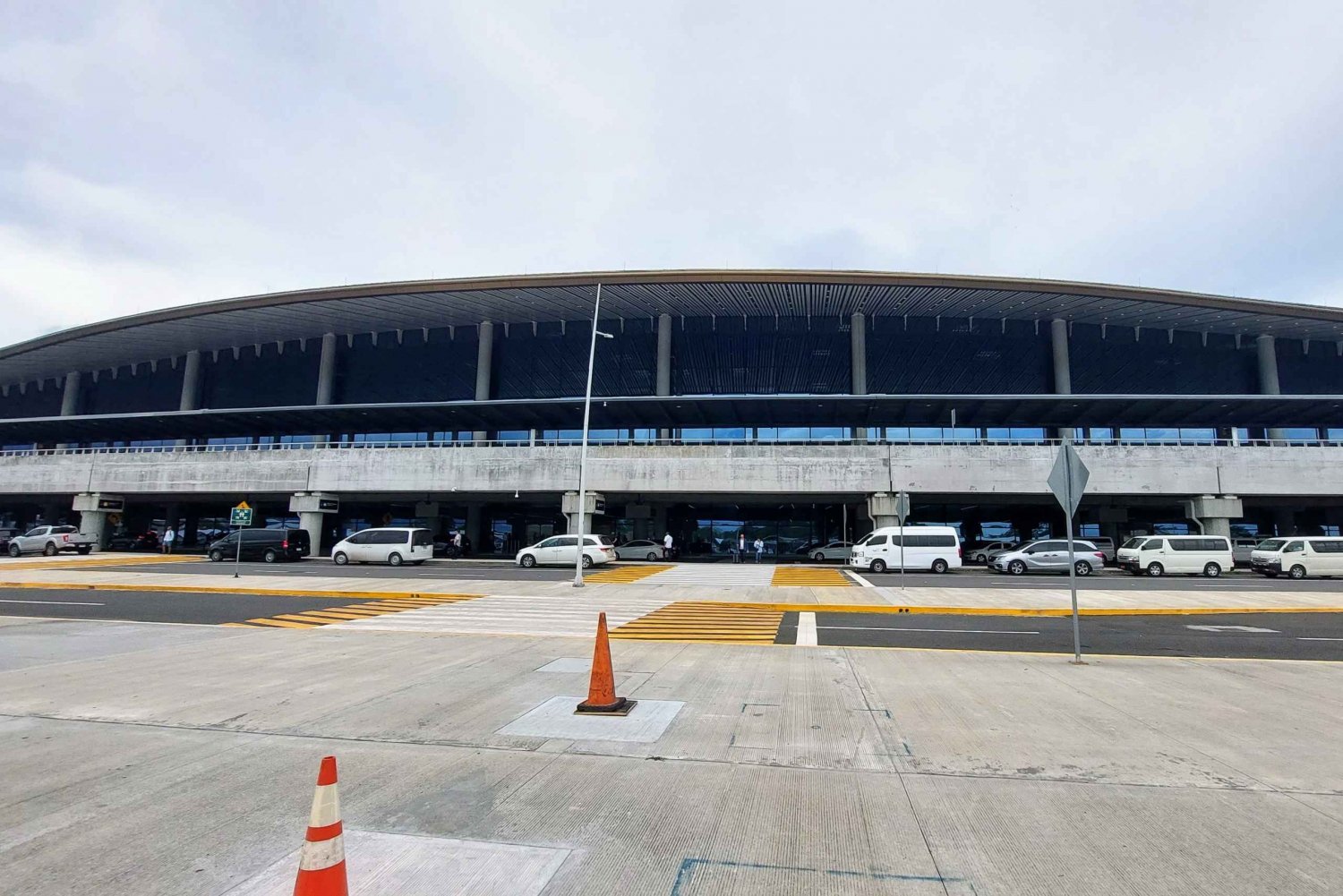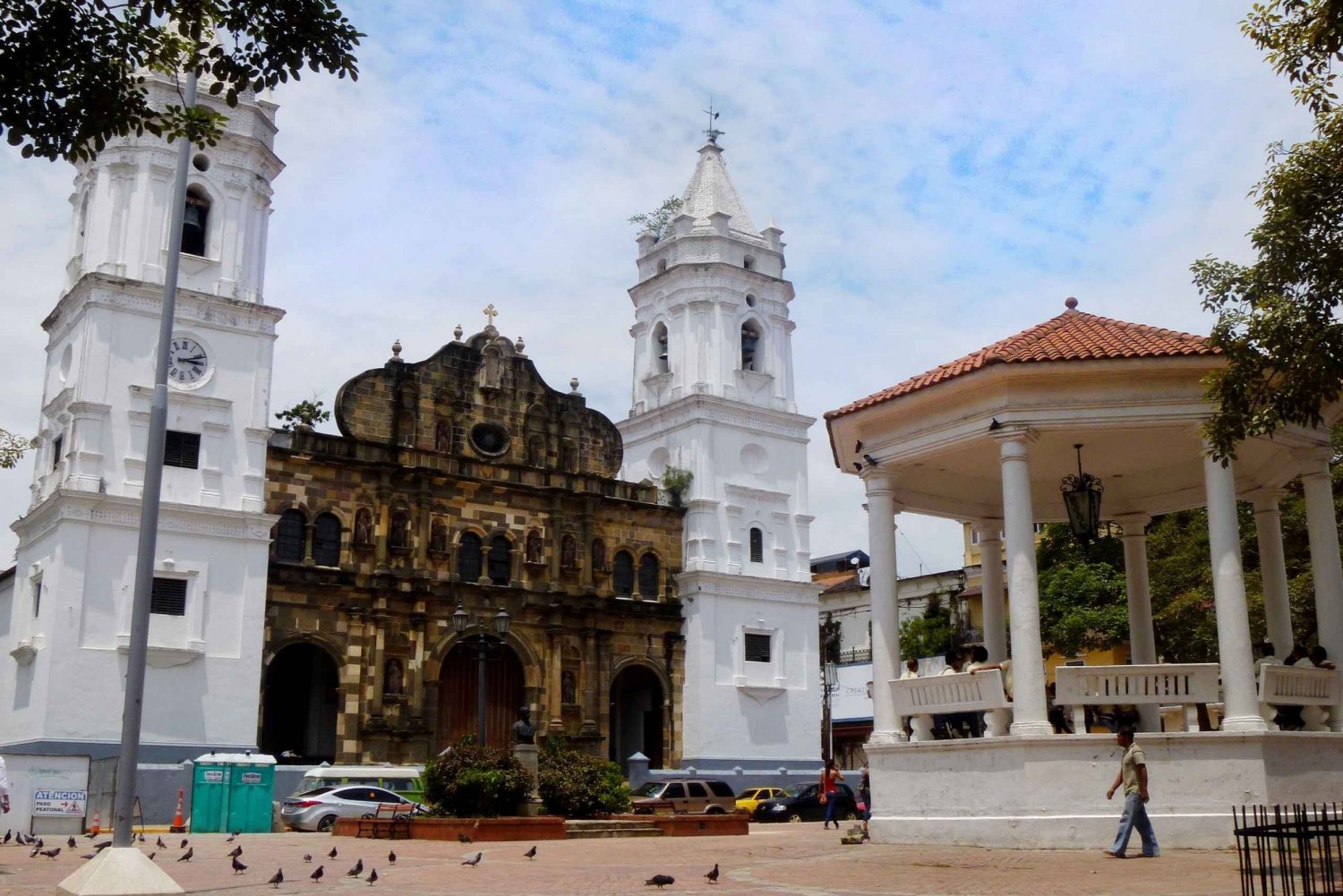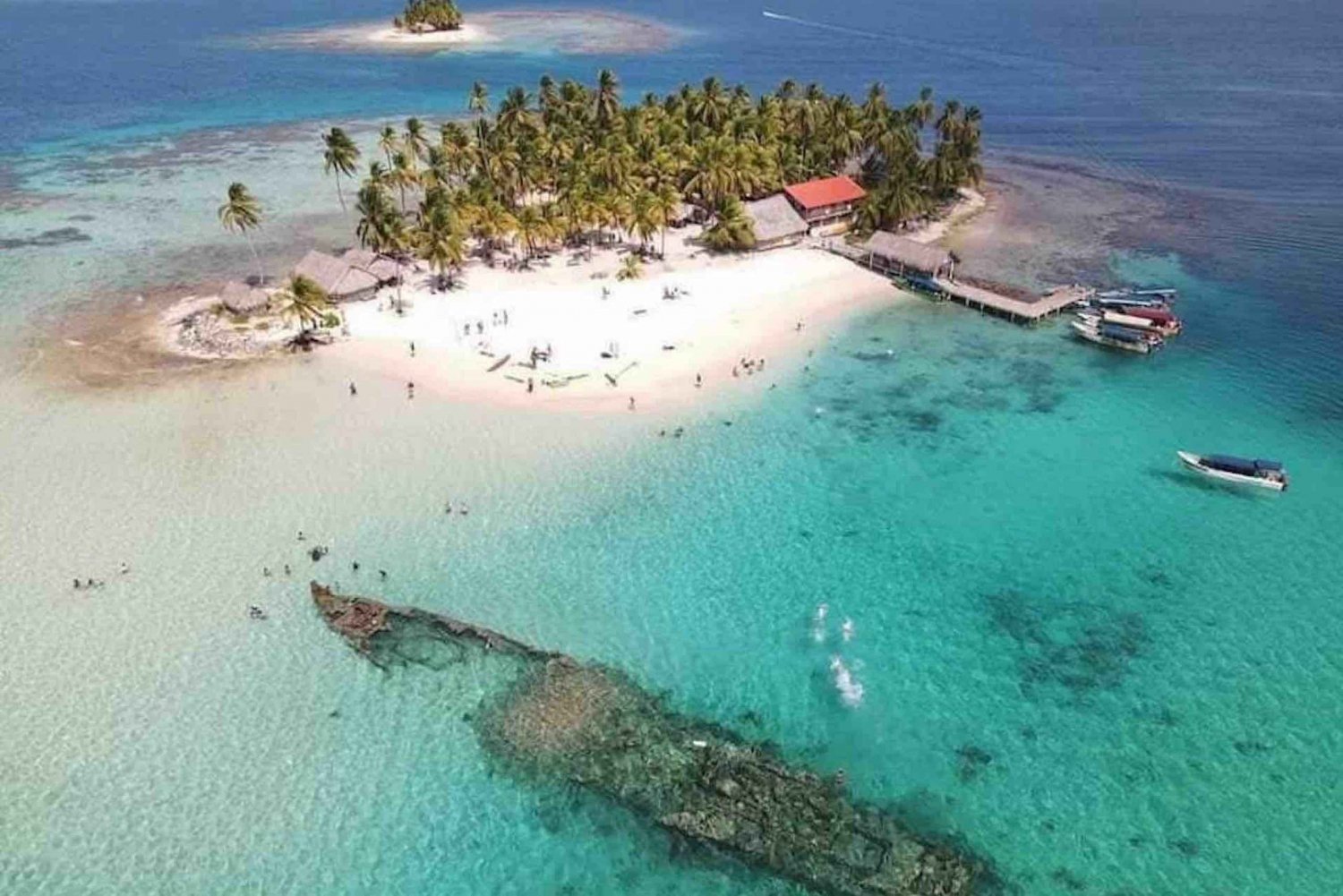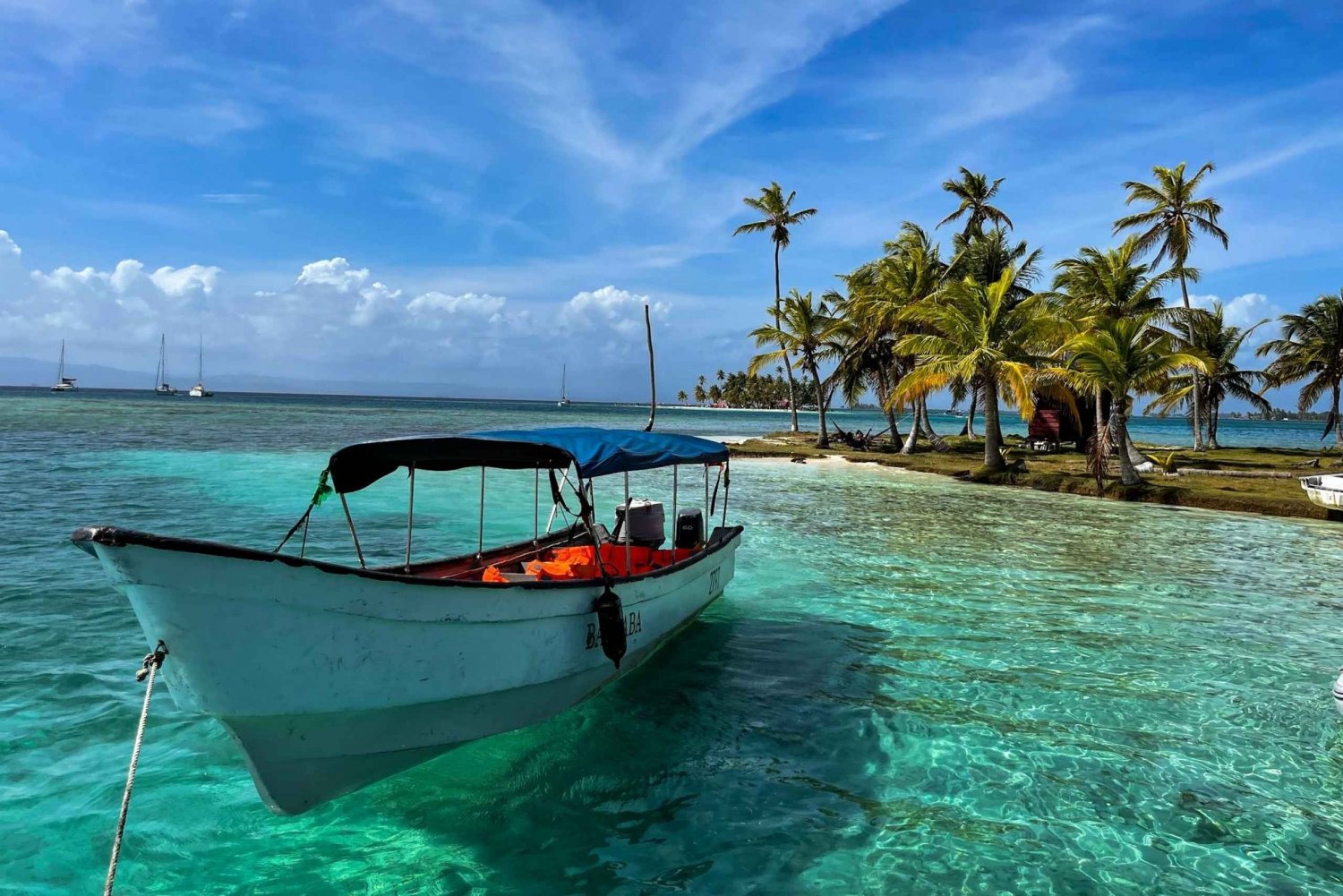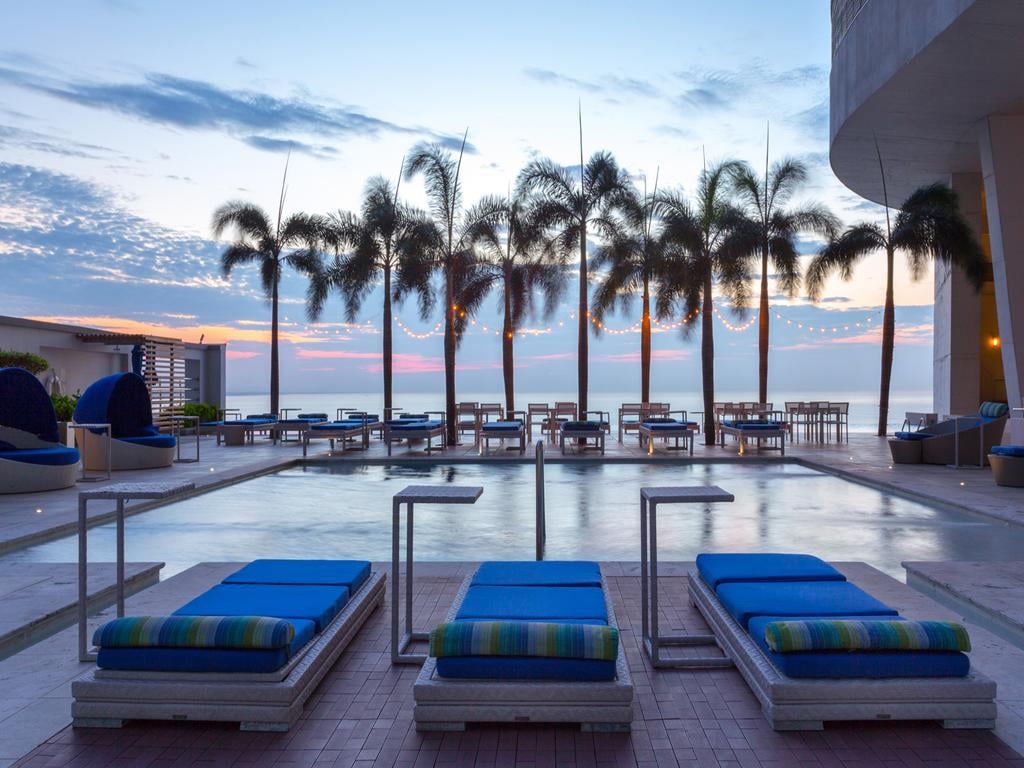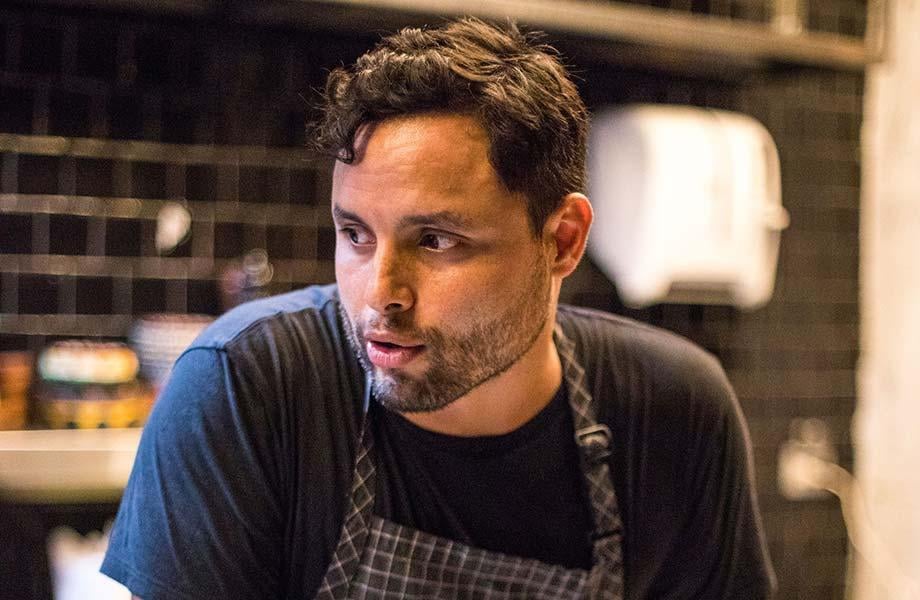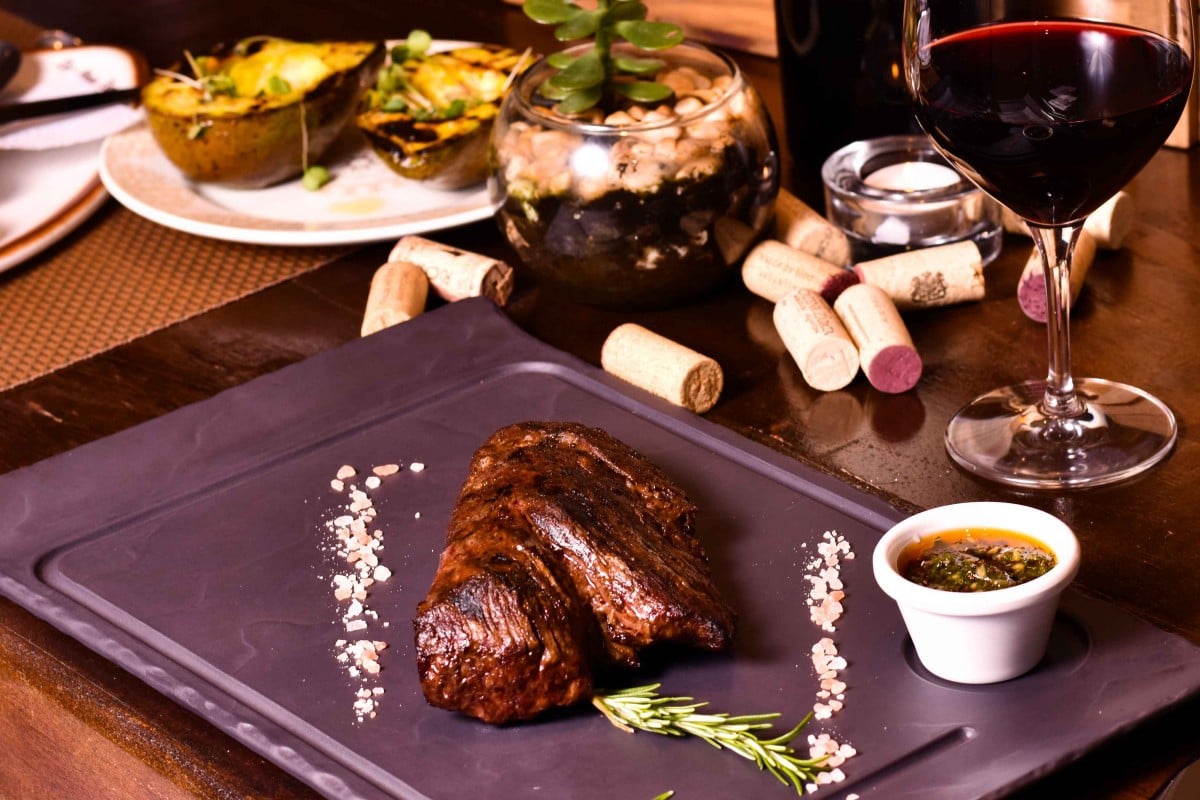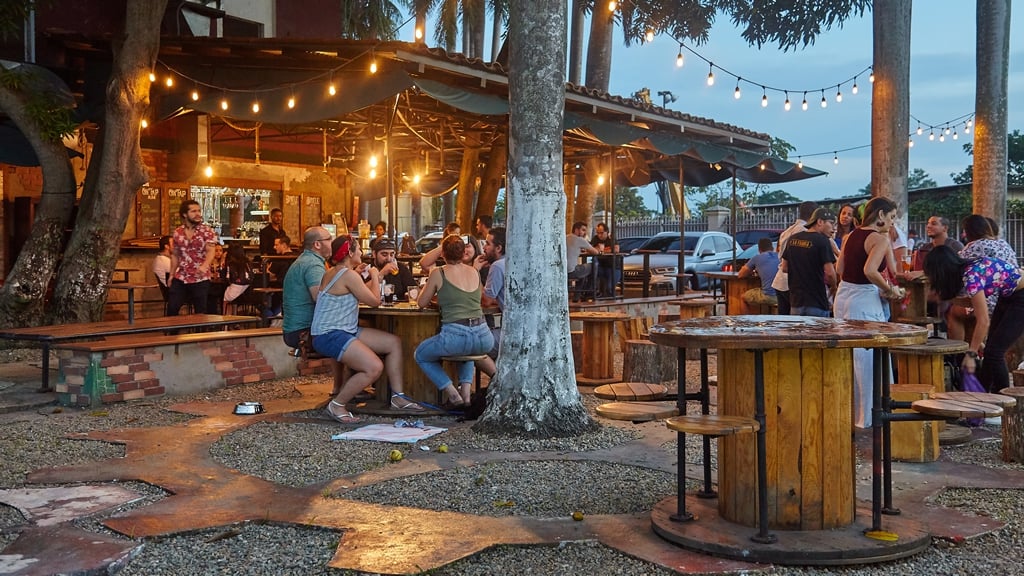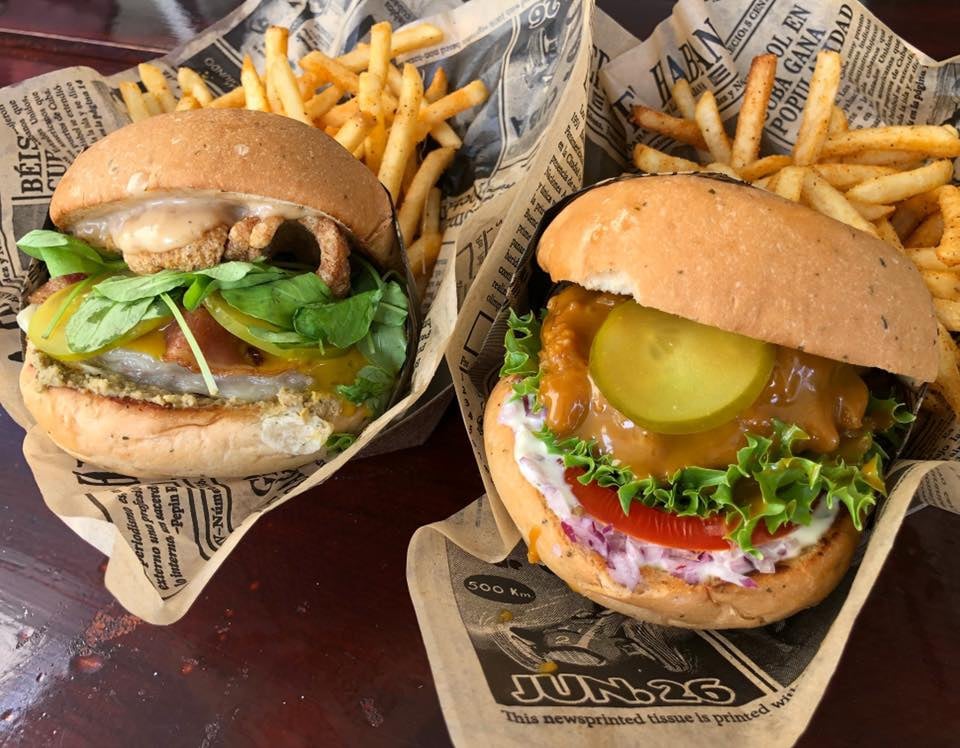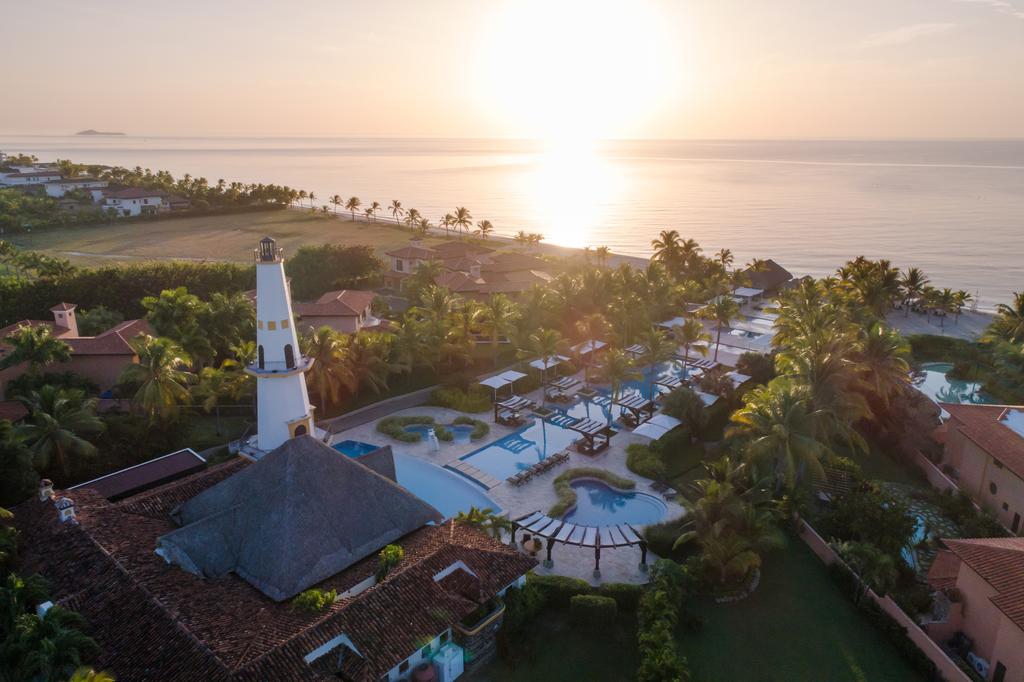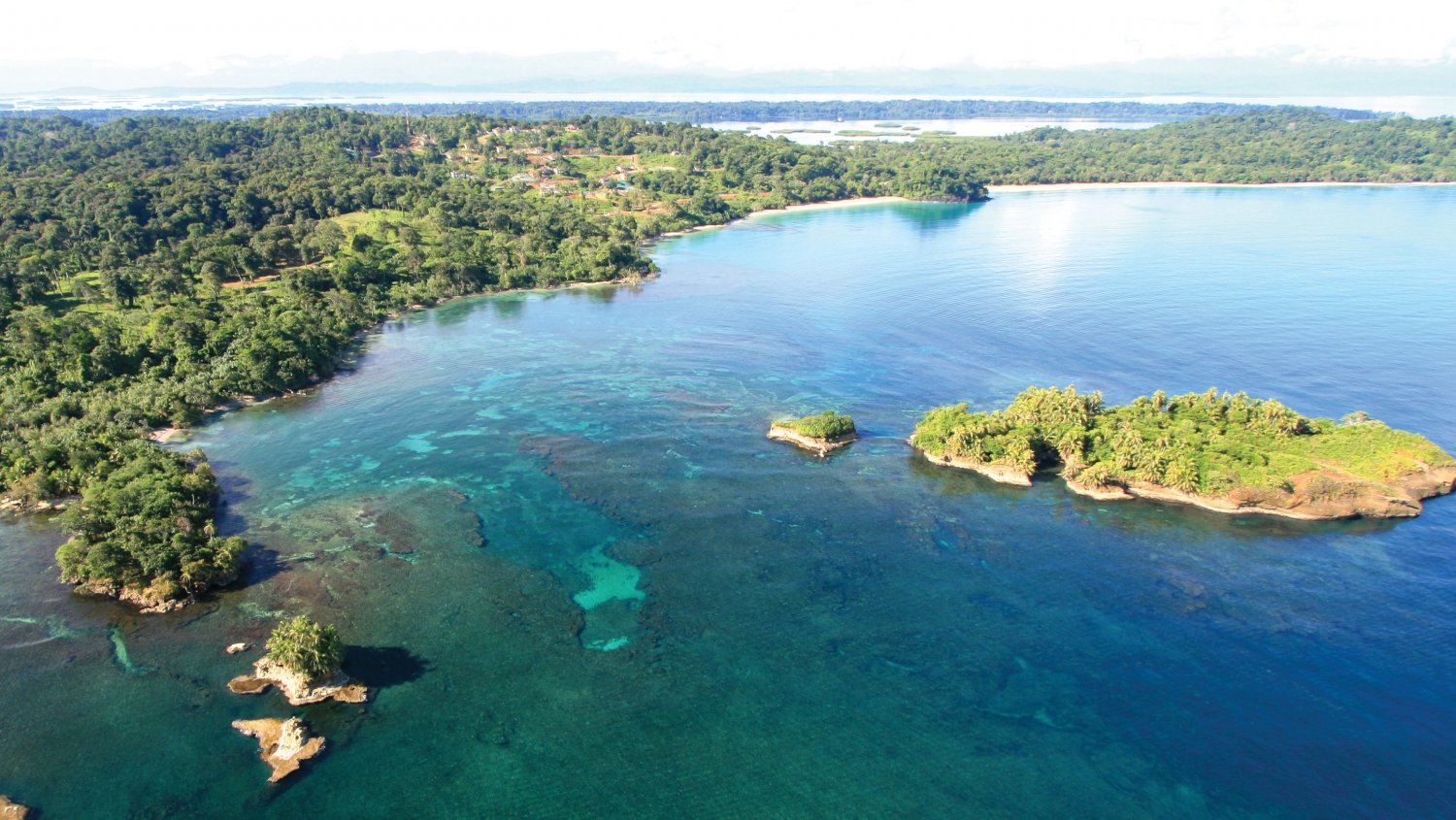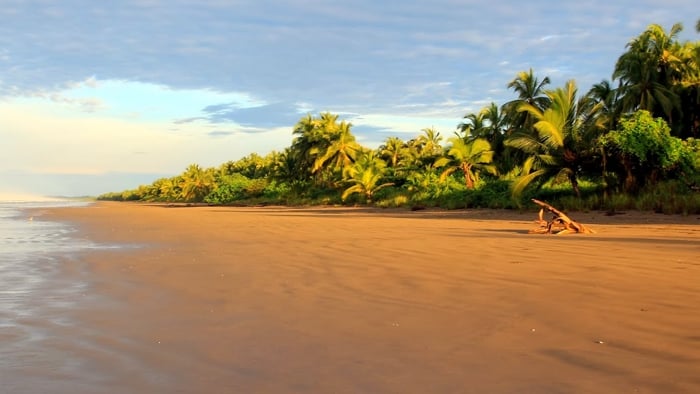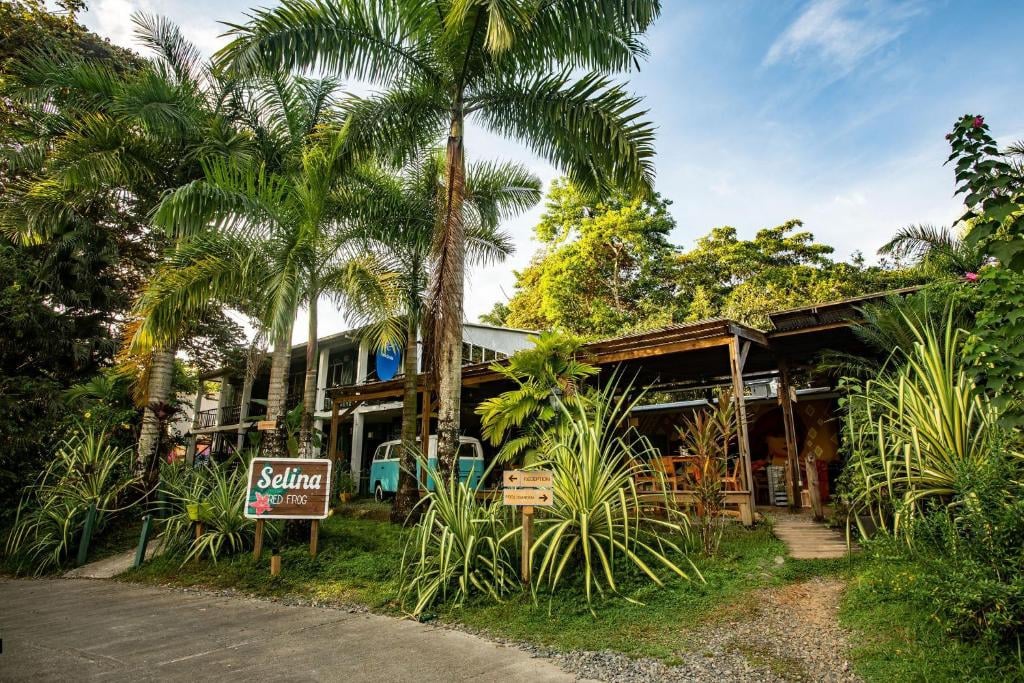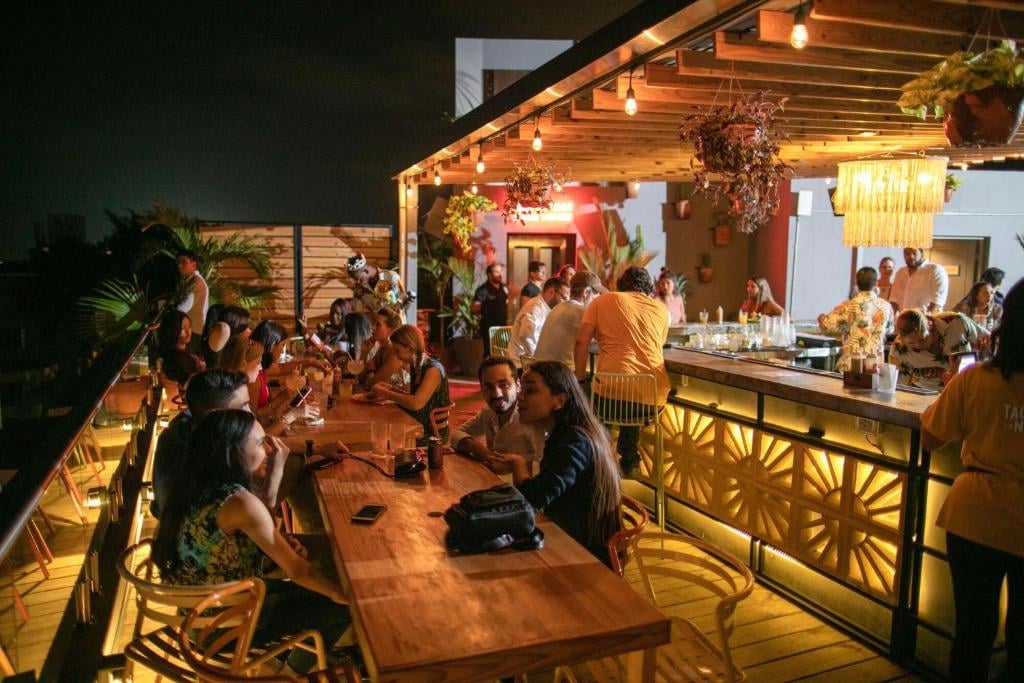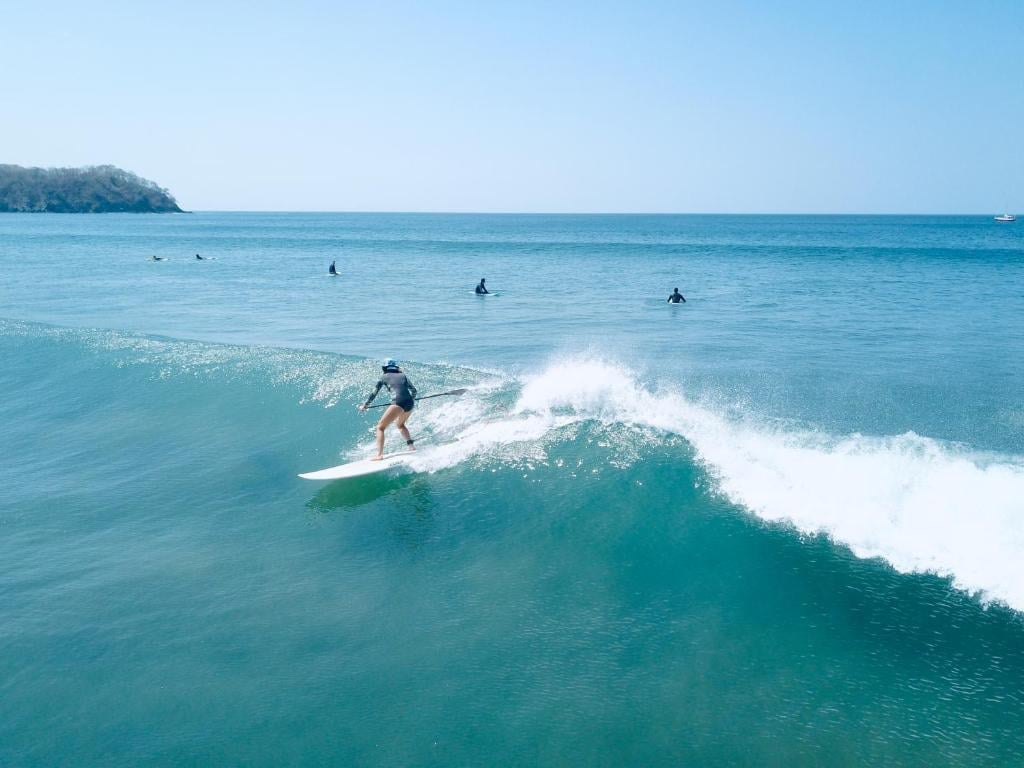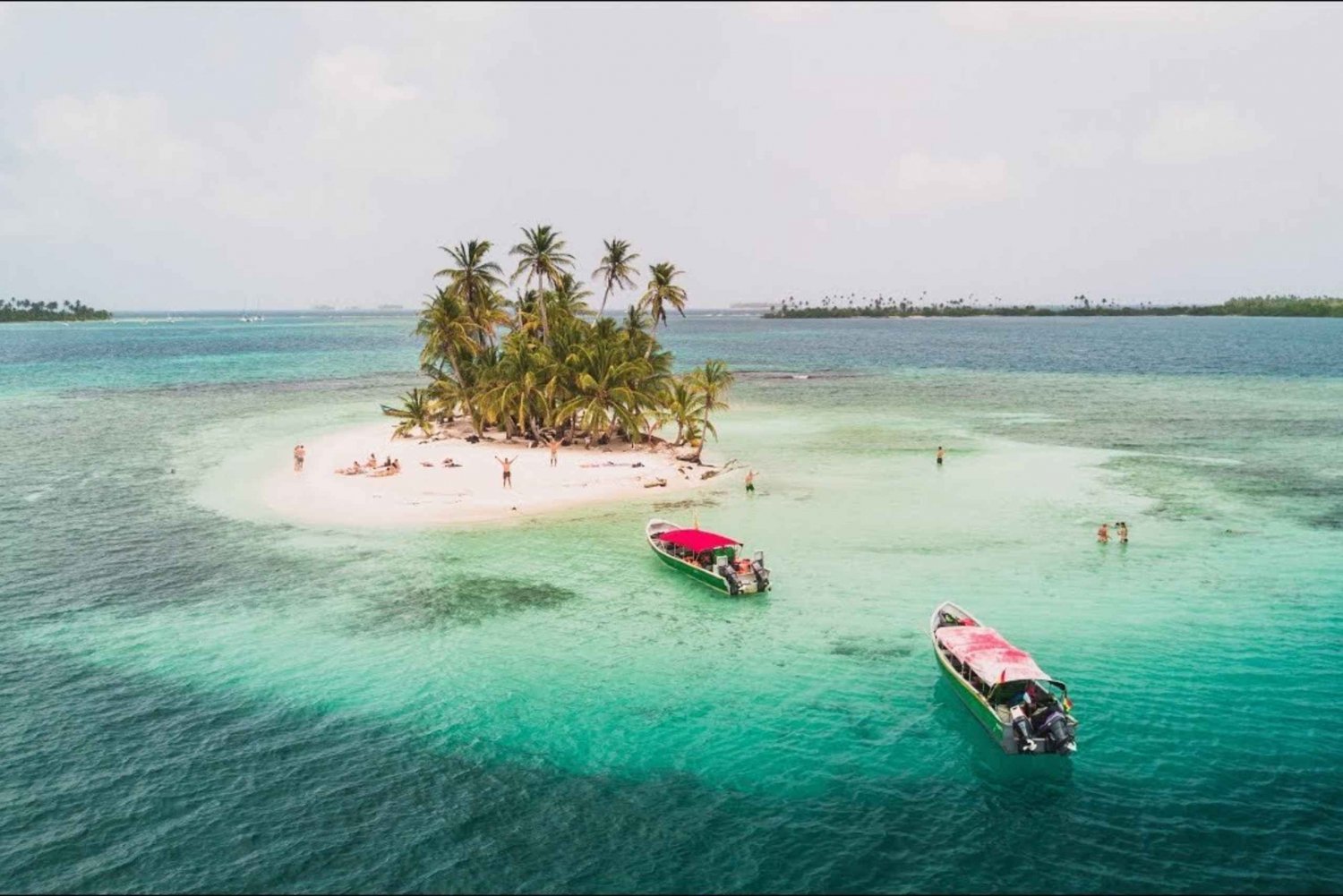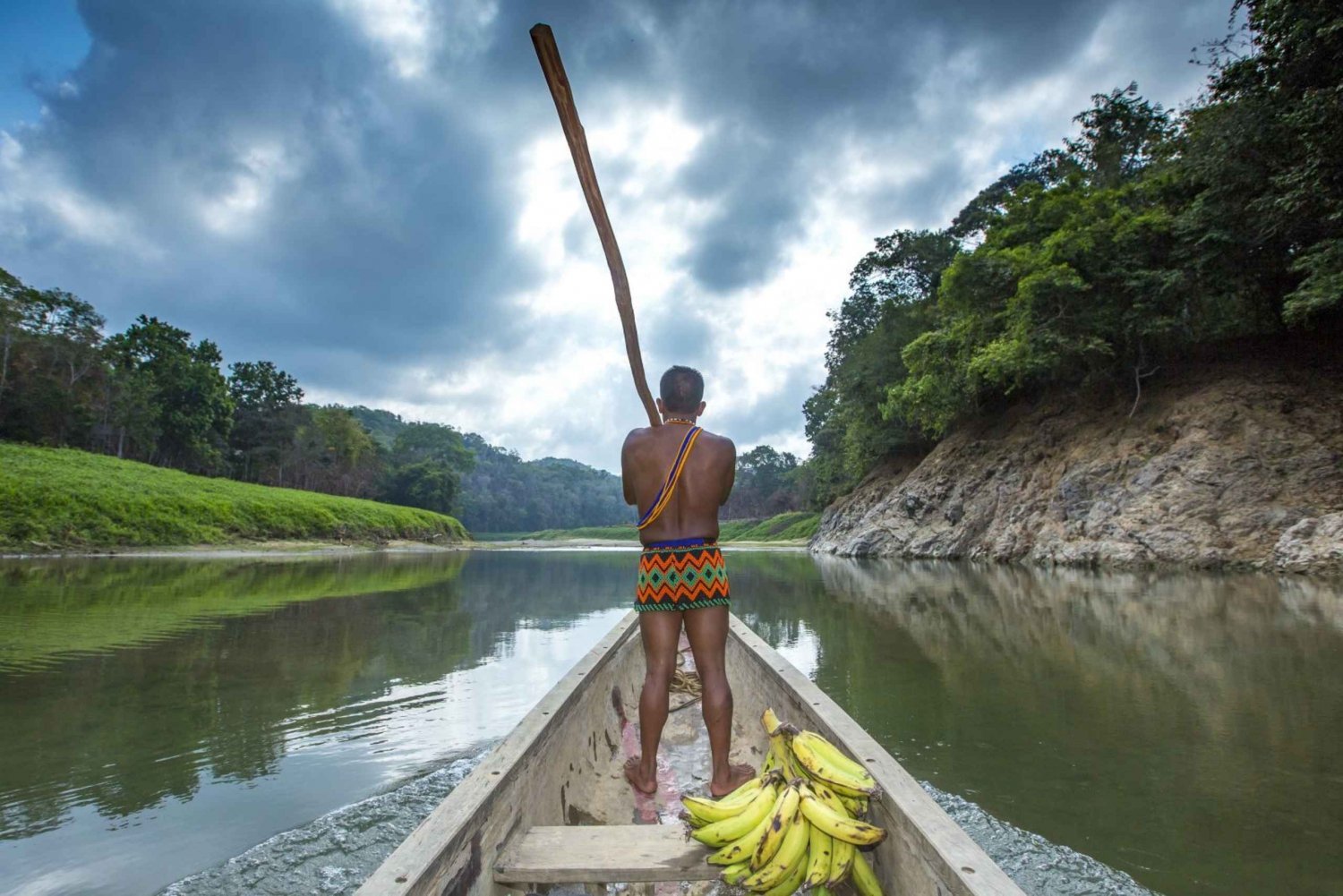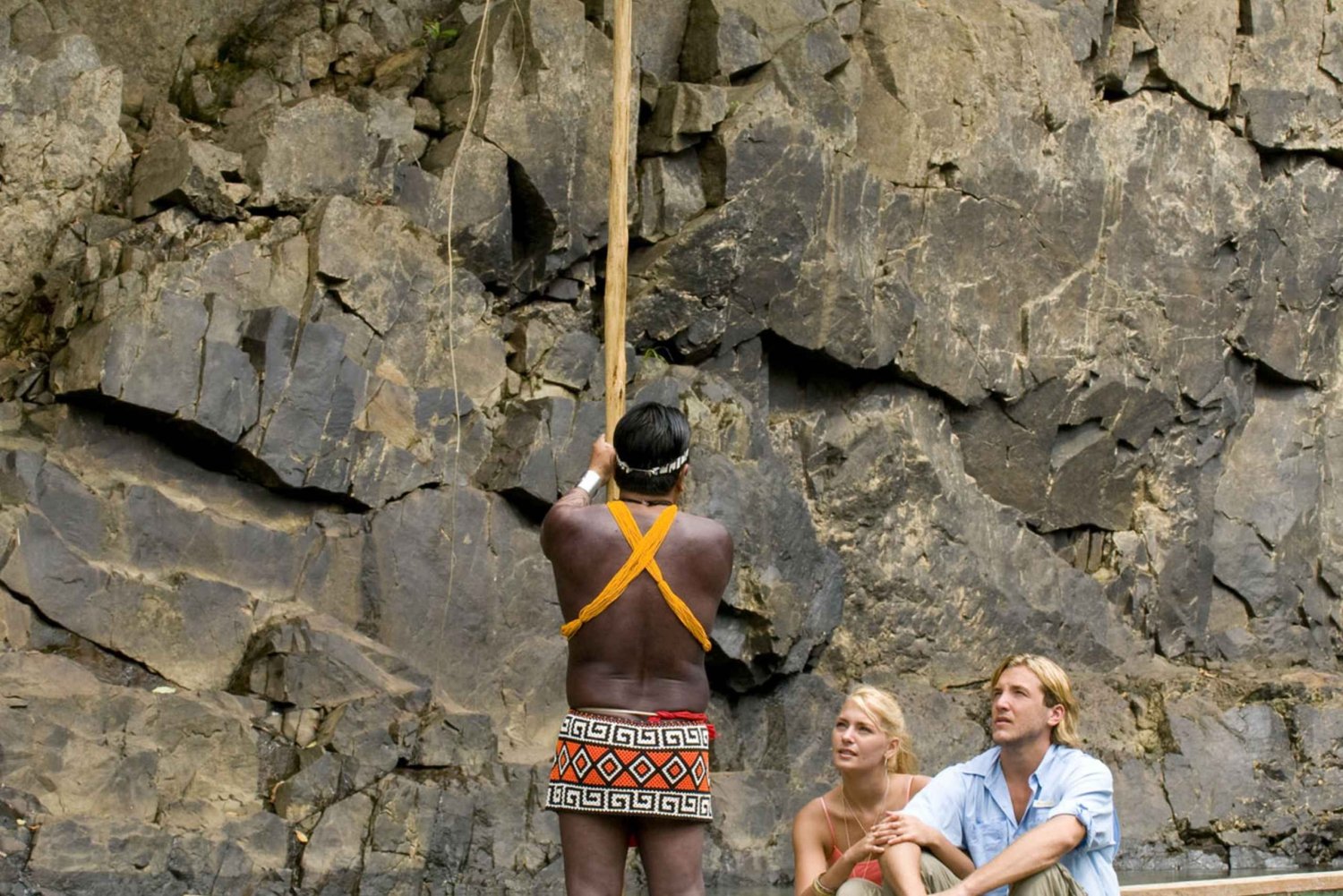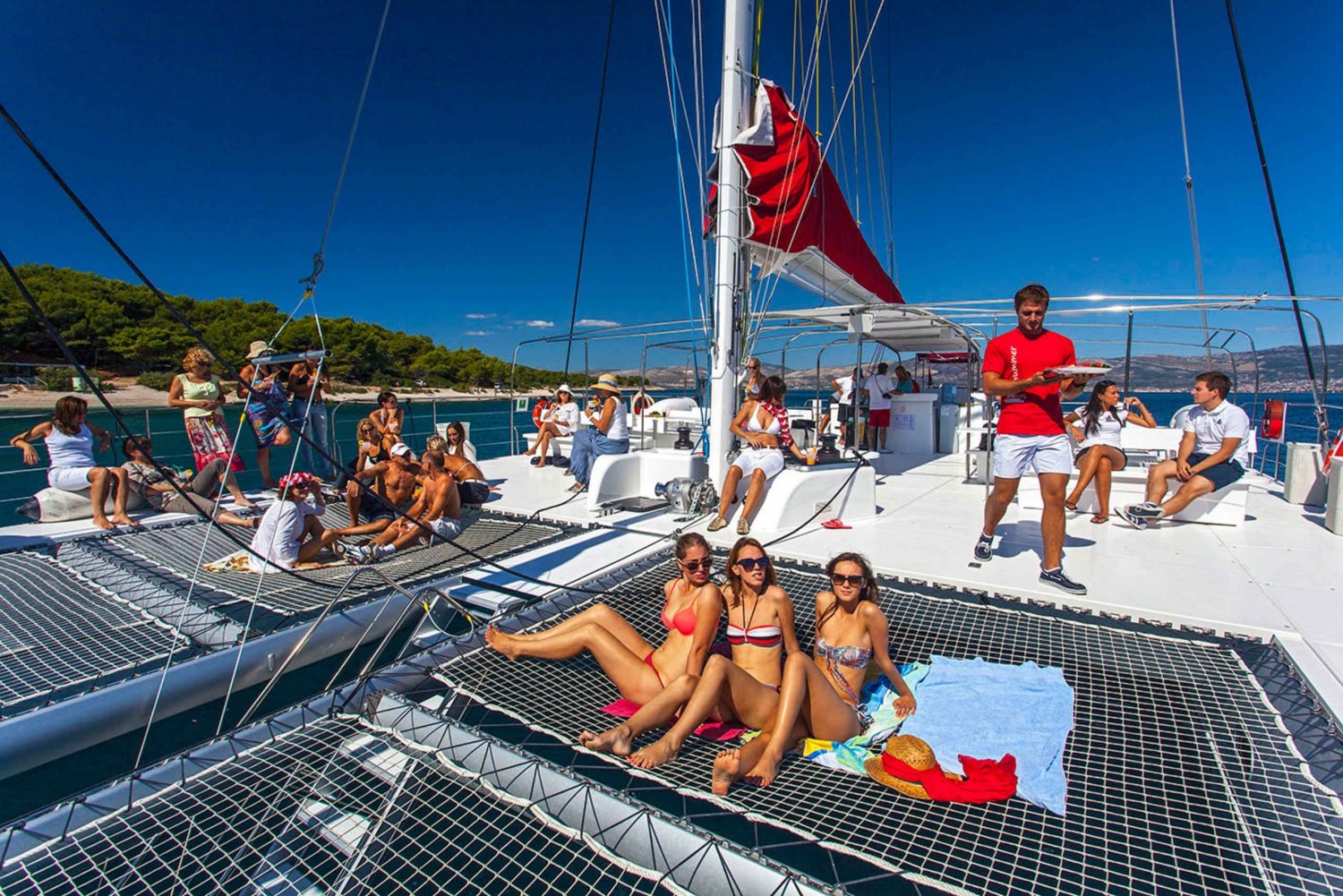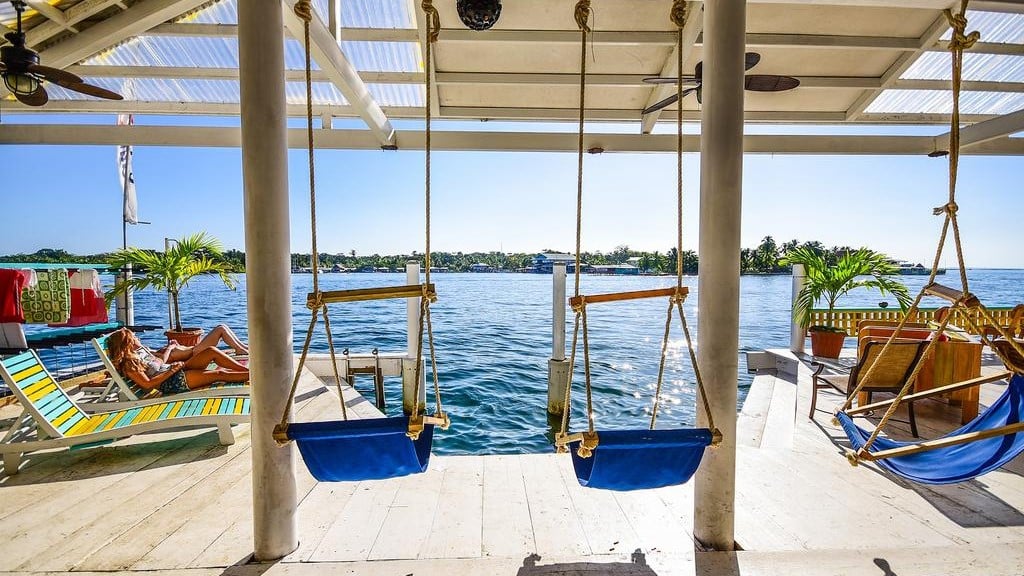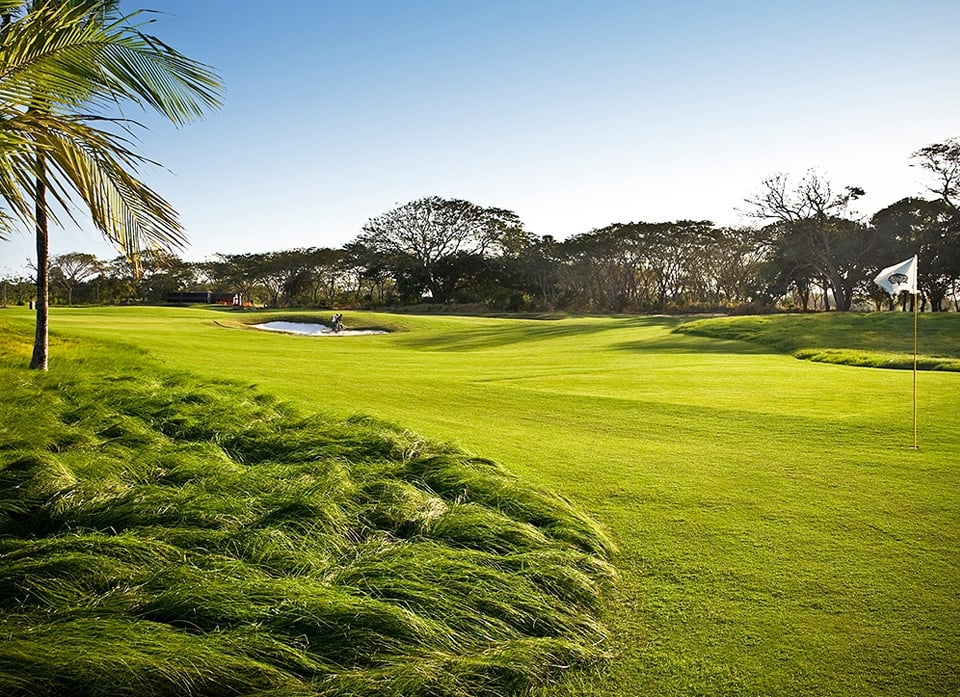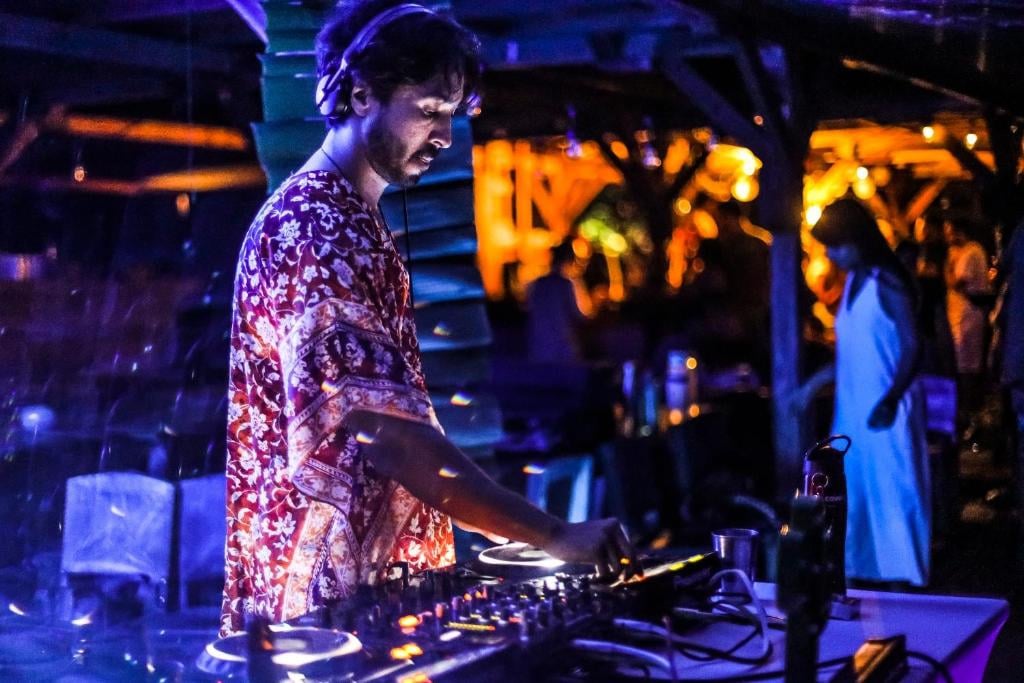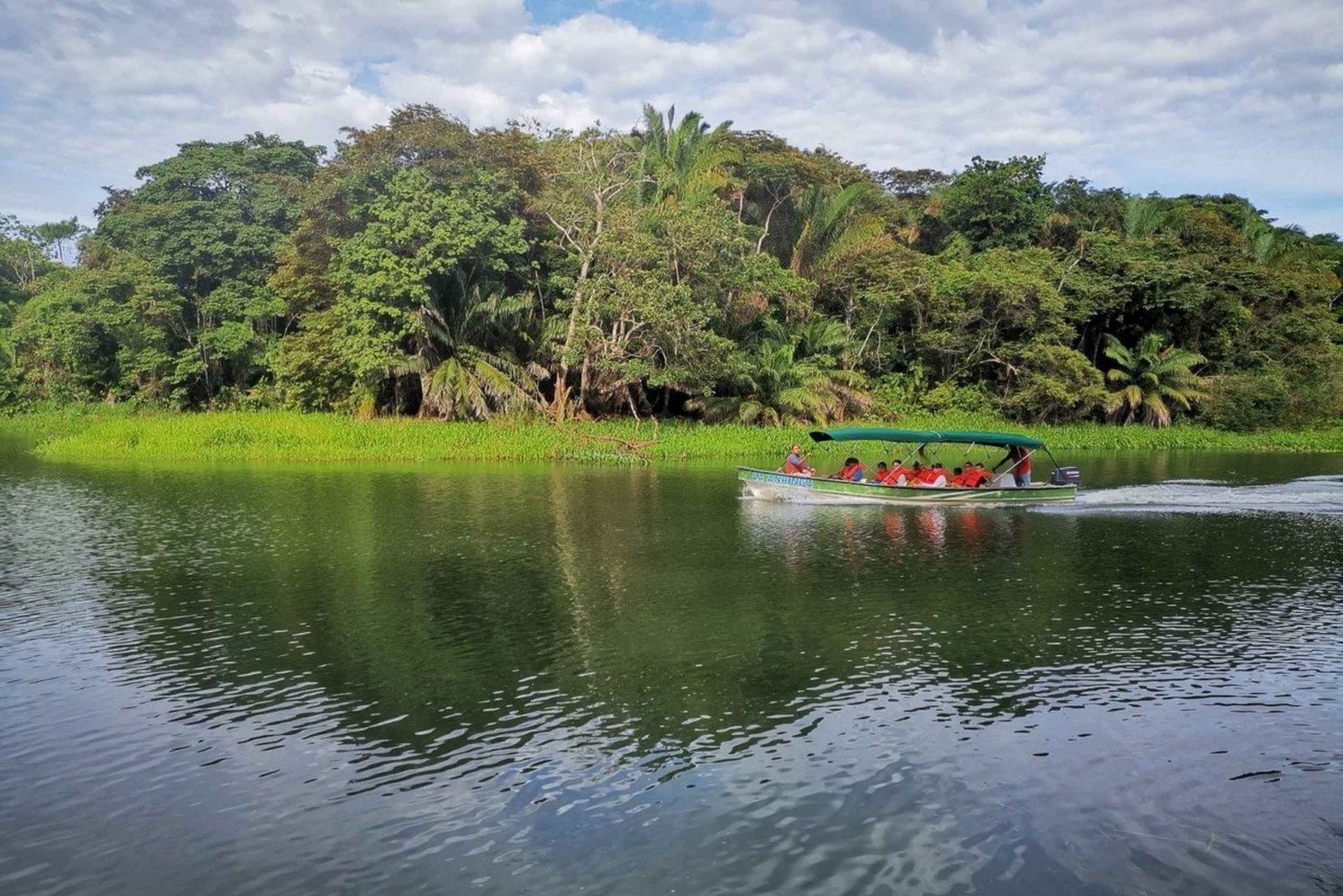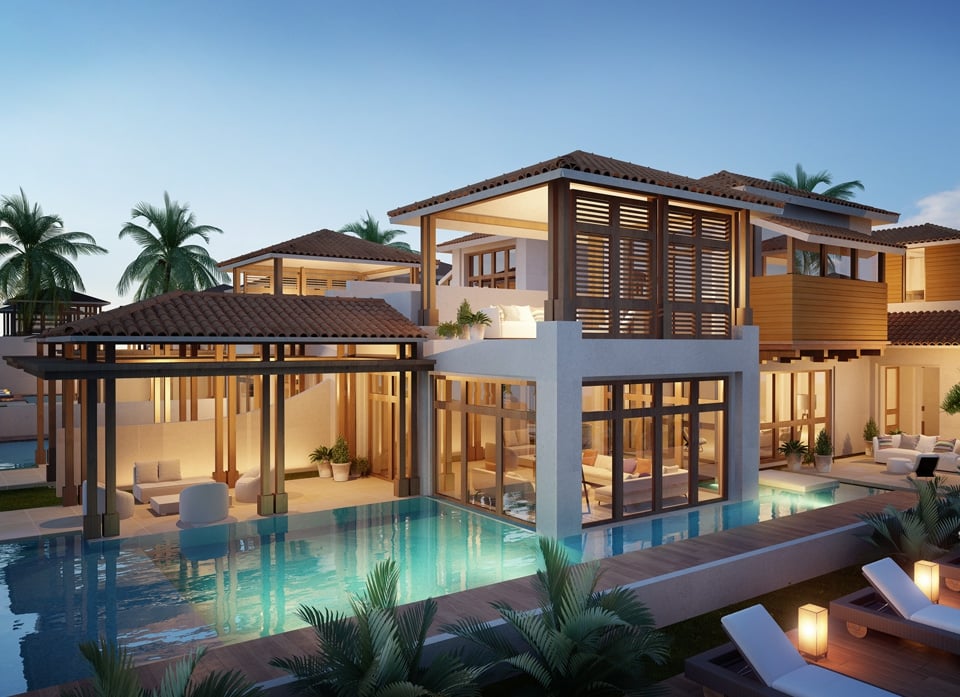Cocle
Province of Coclé
Coclé is a land of contrasts, with great natural and tourist attractions. It has an extraordinary natural and folkloric wealth. Through the republican life, it has distinguished itself as the cradle of prominent politicians, many of whom have reached the presidential seat of the nation. It is located in the southwest of the country and its capital, Penonomé, was once also the capital of Panama. It has a territorial surface of 4,927 km²
History
Its name probably originates from the mighty Rio Coclé del Norte and Río Coclé del Sur, which traverse their territories. Another possible origin is due to the Cacique Coclé that dominated the Central Plain. It is also a province of great natural and material wealth. The Petaquilla mining company located in the north of Coclé is located. The Tommy Guardia Geographical Institute determined several decades ago that the geodesic center of the country is located precisely in the central park of the city of Penonomé, capital of the province, where there is a landmark that represents it. The Province of Coclé also has its own historical identity related, on the one hand, to the pre-Columbian indigenous presence, with extraordinary archaeological resources such as the Sitio Conte in Penonomé and the Archaeological Museum of El Caño in Natá; and on the other the development of Hispanic culture, whose sample is constituted by important infrastructures, among them the Church of Natá as the most significant. Before the Republican era, in Coclé, bloody fights took place between militants of the liberal and conservative political parties, in which the guerrilla leader Victoriano Lorenzo Troya played a leading role, finally being shot by his opponents. It has been a province with great political activity since the beginning of the Republic and the cradle of important leaders and democratic presidents of our country. To show tourists the province of Coclé preserves historical heritage gems such as the Minor Basilica of Santiago Apóstol in the city of Natá de Los Caballeros and the El Caño Archaeological Park; the important legacy of the Coclesan indigenous culture.
Archeology
It is a province of great importance for archeology, it has found many Huacas dating from the pre-Columbian period, which we assume that in that region there was a civilization of high culture.
Geography
The north of the province is crossed by the Central Cordillera of Panama, with steep elevations of volcanic origin ranging from 200 meters to 1,600 meters above sea level, to the south is the great plain that extends to the coast.
Weather
Its climate is tropical rainy, with precipitations of the order of the 2,500mm annual, that in some points of the north of the provinces reaches 4,000 mm.
Hydrography
The main rivers of the province belong to the slope of the Pacific and in the northern limit of the territory, they have origin some currents that through Coclé of the North, go to the Caribbean Sea.
The geography of Coclé is another of its attractions. Mountainous areas such as El Valle de Antón, Cerro La Vieja, Los Picachos de Olá and the Omar Torrijos National Park in the Copé; and beach areas that extend from Santa Clara to Juan Hombrón, with important tourist developments in the process such as Decayó Costa Blanca, Playa Blanca Resort, Buenaventura and others. The center and north of the province are crossed by the central mountain range; to the south are the central plains, very fertile lowlands that extend to the coast.
Economic development
Coclé is the headquarters of important export industries such as the Sugar Mill of Ofelia and Santa Rosa, as well as Laboratories and Fincas producing Shrimps, Tobacco Factories, and others. It is also the province with the largest artisan production in the country and the second in horticultural production. Agriculture and Livestock The agricultural activities are the base of their economy (cultivation of cane, coffee, corn, rice, beans, and livestock). They were farmers groups that combined their diet with the different resources offered by their environment. Organic agriculture is one of the agricultural methods that is gaining ground and is gradually spreading among rural communities.
Tourism
The province of Coclé is a paradise of great natural and tourist attractions. In the province of Coclé, you can enjoy a cultural, folkloric, the fresh climate in the Antón Valley or tropical in its beautiful beaches. These are some of the tourist places that can be visited:
- El Caño Archaeological Park: located in the district of Natá, province of Coclé. Approximately 117 kilometers from Panama City. The park has about 8 hectares. The park offers a sample of vestiges of the pre-Columbian era. The history of that site dates back to 800 AD. and shows the customs and culture of the human groups that developed in this area. The discovery of this archaeological site occurs between 1926 and 1927, by the American Hyatt Verrill. It does some excavations by the Heye Foundation and sends valuable pieces carved with faces, columns, and megaliths, to the Museum of the American Indian of New York.
- El Valle de Antón: it is a very pleasant place with a cool climate that oscillates at 18 ° C throughout the year. It is located in an extinct volcanic crater of 18.3 km2. There are many places to visit such as La Piedra Pintada, La India Dormida, El Nispero zoo, and many more.
- Caño la Angostura de Penonomé: A little beyond the city of Penonomé, in the province of Coclé is La Angostura. Considered one of the sites of the greater natural beauty of the province, of which even famous composers, have written about him, for example, Gladys De La Lastra that referred to him as "the Zaratí river gorge". Certainly "the silver snake" is known as a point of attraction and fun for locals and foreigners alike, and they know there is a lot to enjoy this place. Nature shrinks the river at this point and sometimes even turns into waterfalls, passes strongly through a pair of mountains that create a canyon. Due to its geological peculiarity, this place has been compared to the Grand Canyon of Colorado.
- Las Salinas de Aguadulce: Salt deposits have had, since antiquity, special relevance in the location of human settlements. For this reason, specific routes for salt marketing were created and there have been numerous wars to control the deposits of this mineral, the routes of its commercialization, and the markets. The term salt is derived from the Latin salarium and has its origin in the amount of salt that was given to the Roman legionaries so that they could keep their food, in the long military campaigns.
Cultura
- Dress Code in the Coclesana region, the costumes are very simple, since women wear the montuna or gala pollera, with the difference that they adorn the shirt with bows of ribbons instead of wool. and the men with dark pants and their dress shirt or the montuna.
- Dances; This province has a variety of dances such as dances, cumbias, tamboritos, among others, that adorn the traditions of these lands. Among their most popular dances are La Cucua, La Danza del Toro and Los Diablicos Limpios. The most danced cumbias are the Marucha, El Ratoncito Bodeguero, Cumbia del Pajonal and Maximina Rabo de Puerco.
- Food; Cocle is one of the provinces where you can find any type of food, meats, seafood, vegetables, and a variety of ministries.
- The extraction of natural dyes is a very traditional practice in the community of San Miguel Centro, used to obtain natural dyes with which they paint the dresses they use in the practice of their dance (Cucuá). They use the leaf of the vine called "Deer Eye to get the black dye," Yuquilla "for the yellow, and" Guaimí "to get the red.
- Hat making; The wisdom that surrounds the process of making the hat in the region of La Pintada, is of great significance. The manufacturing processes vary qualitatively and quantitatively. These hats are made in a last, weaving thin fibers of a plant called Pita. The fineness of the hat is measured by the number of turns that are woven, the more turns the finer the hat will be. The hat made in La Pintada de Penonomé is recognized throughout the nation, for its special shape, is a white hat with designs of black lines as if it were painted, so it is called Sombrero Pintao.


